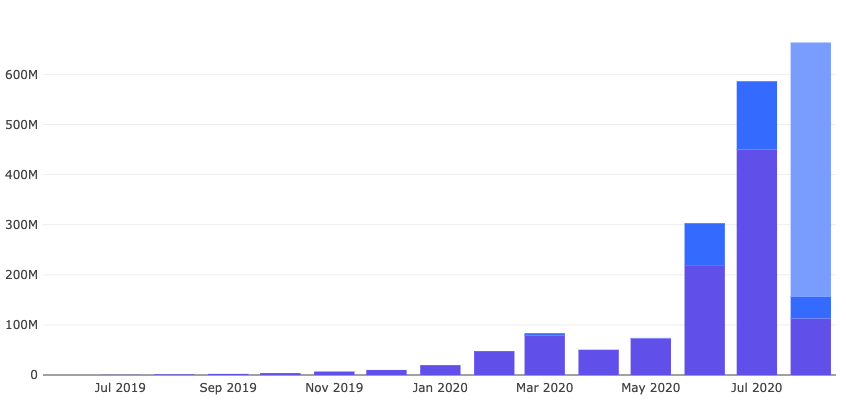
1/9 I believe most DeFi credit protocols like will end up creating their own insurance pool underwritten by tokenholders. Why?
🔸Gives governors skin in the game and an incentive to make good decisions
🔸Better product for users who want insurance as they deposit
🔸Gives governors skin in the game and an incentive to make good decisions
🔸Better product for users who want insurance as they deposit
2/9
🔸Transforms idle market cap into balance sheet, generating fees
🔸Risks can be bundled into products and offered to users based on their particular preferences
🔸Transforms idle market cap into balance sheet, generating fees
🔸Risks can be bundled into products and offered to users based on their particular preferences
3/9 While we believe this makes a lot of sense as a token model, we don't think it is competitive but rather complementary to @NexusMutual
This is because insurance relies on leverage to be efficient and leverage requires diversified, uncorrelated risk exposures
This is because insurance relies on leverage to be efficient and leverage requires diversified, uncorrelated risk exposures
4/9 Risks across the crypto space are already highly correlated, but this is even more pronounced within a particular credit protocol since:
🔸smart contracts are all built by the same people
🔸the same oracles used in the same way across protocol
🔸risk framework is uniform
🔸smart contracts are all built by the same people
🔸the same oracles used in the same way across protocol
🔸risk framework is uniform
5/9 The only way for projects to avoid this is to diversify, offering cover to other projects
Not only is this not their core competency, they are also competing with Nexus's existing diversified capital pool which enables more leverage and better rates
Not only is this not their core competency, they are also competing with Nexus's existing diversified capital pool which enables more leverage and better rates
6/9 As such, a dedicated insurance protocol like @NexusMutual that underwrites risk across the space (and eventually outside of it) must always exist and will likely always be more efficient than specialised insurance pools
7/9 While some (maybe most) users will prefer convenience of buying insurance directly from their credit provider, many will choose Nexus for efficiency either as insurer or reinsurer
Projects themselves will also use Nexus to insure against protocol-level risks
Projects themselves will also use Nexus to insure against protocol-level risks
8/9 Despite the MCR cucking as @DegenSpartan so aptly puts it, we still see @NexusMutual as the most efficient insurance model in DeFi right now
Its strong brand, $85M capital pool and diversified cover exposure represent real moats that upstarts will have to overcome
Its strong brand, $85M capital pool and diversified cover exposure represent real moats that upstarts will have to overcome
9/9 It's worth remembering that unlike with other DeFi protocols, liquidity provides an actual moat for Nexus since MCR is locked at 100%
This gives Nexus a headstart in the form of a large supply of capital to focus on what matters: generating cover demand
This gives Nexus a headstart in the form of a large supply of capital to focus on what matters: generating cover demand
• • •
Missing some Tweet in this thread? You can try to
force a refresh







